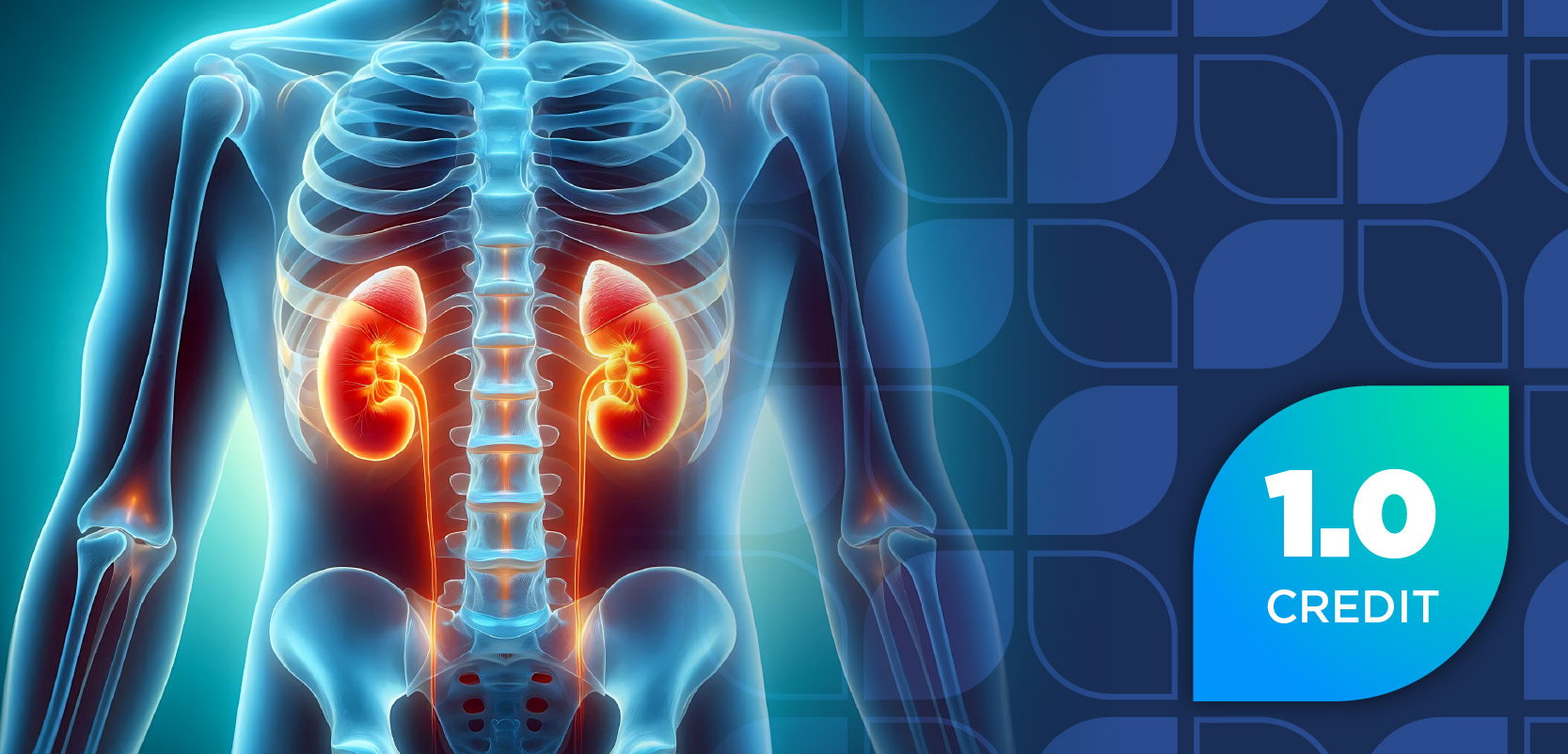
Ruxolitinib Discontinuation at Conditioning Does Not Increase GVHD Risk in Myelofibrosis
Key Takeaways
- Stopping ruxolitinib before conditioning does not increase cytokine rebound or acute GVHD risk in myelofibrosis patients undergoing alloHSCT.
- Ruxolitinib is linked to lower baseline cytokine levels, but these differences normalize by day 0 and week 1 post transplant.
Patients with myelofibrosis who stopped ruxolitinib on the first day of conditioning did not show higher rates of acute graft-vs-host disease (GVHD).
Stopping ruxolitinib (Jakafi; Incyte Corp) prior to the conditioning regimen may not influence graft-vs-host disease (GVHD) risk more than in patients with myelofibrosis (MF), according to data published in Cancer Immunology, Immunotherapy.1
MF is an incurable, rare hematologic malignancy that is part of a group of diseases called myeloproliferative neoplasms, which are characterized by the overproduction of red blood cells. This causes bone marrow scarring, leading to severe anemia—a key factor impacting overall survival for patients with MF. Other symptoms include fatigue, enlarged spleen, night sweats, bone pain, and weight loss. MF can develop as a primary disease or secondary to essential thrombocythemia and polycythemia vera. In some cases, it can progress to acute myeloid leukemia.2
Ruxolitinib is the standard of care for first-line treatment of patients with MF that was originally approved by the FDA in 2011 for the treatment of intermediate- and high-risk MF. It was also the first approved treatment for patients 12 years and older with steroid-refractory acute GVHD in 2019. Ruxolitinib is a Janus kinase (JAK) 1/2 inhibitor that targets the JAK/STAT pathway, a critical cellular signaling pathway that helps cells respond to cytokines. Identification of mutations within the JAK/STAT pathway paved the way for the development of agents such as ruxolitinib, fedratinib (Inrebic; Bristol Myers Squibb), momelotinib (Ojjaara; GSK), and pacritinib (Vonjo; CTI BioPharma).2,3
Although JAK inhibitors improve OS, the only curative approach to MF is allogeneic hematopoietic stem cell transplantation (alloHSCT); however, high rates of early posttransplant complications and nonrelapse mortality (NRM) remain. Some experts hypothesize that this could be tied to ruxolitinib withdrawal and its impact on systemic inflammation. As a result, the researchers investigated whether complications observed in patients with MF undergoing alloHSCT—particularly acute GVHD, cardiogenic shock, tumor lysis syndrome (TLS), and ruxolitinib withdrawal syndrome (RWS)—are linked to ruxolitinib use or its abrupt withdrawal prior to transplant. They are specifically interested in evaluating whether cytokine rebound following ruxolitinib discontinuation contributes to these complications.1
The researchers performed a comparative, observational study specifically analyzing cytokine profiles in 2 groups of patients with MF undergoing alloHSCT. They compared cytokine levels between the groups at baseline, day 0, and week 1 post transplant to determine whether baseline cytokine levels (CD25, REG3A, IL18 and ST2) predicted the development of grades 2 to 4 acute GVHD or hyperacute GVHD. Their study involved 18 patients, of whom 18 were not treated with ruxolitinib (group 1) and 53 who received ruxolitinib and stopped it at the start of conditioning (group 2).1
Patients with MF who stopped ruxolitinib on the first day of conditioning did not show an increased risk of cytokine rebound or higher rates of acute GVHD compared with those who never received ruxolitinib, the data showed. Hyperacute GVHD occurred less frequently in patients previously treated with ruxolitinib (22%) than in those who were not (50%), although this difference was not statistically significant due to small sample size.1
Ruxolitinib treatment was associated with lower baseline levels of key cytokines associated with inflammation and GVHD risk (CD25, REG3A, IL18, ST2). These cytokine differences disappeared by day 0 and week 1, suggesting that the conditioning regimen itself levels the cytokine environment across patients. Although inflammatory cytokines were elevated at baseline, none of the baseline cytokine levels predicted acute or hyperacute GVHD. In contrast, cytokines measured on day 0 and especially week 1 were more closely associated with GVHD onset.1
The researchers also reported key findings regarding the cytokines CD40 and MMP-3. They found that CD40, which is highly elevated in patients with MF, may be repressed by ruxolitinib, potentially moderating immune activation. In patients treated with ruxolitinib, MMP-3 levels were increased, which may have a protective role against bone marrow fibrosis, although this is speculative.1
“We can recommend ruxolitinib discontinuation on the first day of the conditioning regimen because it may not increase cytokine release more than in patients who have never received ruxolitinib,” the researchers recommended. “However, that would also be useful to analyze cytokine profiles in patients who continued ruxolitinib until the transplantation or even later on.” 1
The initial findings are particularly informative for health care professionals and pharmacists as they navigate and manage treatment with ruxolitinib following allHSCT. Further studies are needed to evaluate continued or post-transplant use of ruxolitinib, as well as assess whether later discontinuation (on Day 0 or post transplant) affects cytokine levels or GVHD risk. These findings need to be validated in larger, prospective trials to overcome the limitations of small sample size and heterogeneity in current data. 1
REFERENCES
1. Villar S., Curis E., Schlageter, MH. et al. Ruxolitinib stopped before transplantation does not induce cytokine release in myelofibrosis. Cancer Immunol Immunother. April 24, 2025. Doi:10.1007/s00262-025-04046-8
2. From Mutation to Management: Risk stratification, the power of JAK Inhibition, and the pharmacist’s role. Pharmacy Times. April 30, 2025. Accessed May 7, 2025. https://www.pharmacytimes.com/view/from-mutation-to-management-risk-stratification-the-power-of-jak-inhibition-and-the-pharmacist-s-role
3. Real-world analysis highlights the survival impact of anemia in patients with myelofibrosis treated with ruxolitinib. Pharmacy Times. December 2, 2024. Accessed May 7, 2025. https://www.pharmacytimes.com/view/real-world-analysis-shows-anemia-worsens-survival-in-myelofibrosis
Newsletter
Stay informed on drug updates, treatment guidelines, and pharmacy practice trends—subscribe to Pharmacy Times for weekly clinical insights.


















































































































































































































